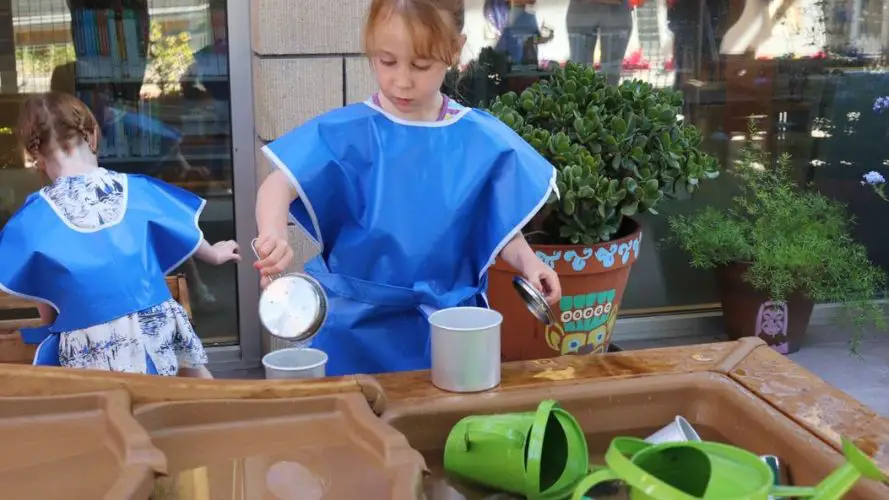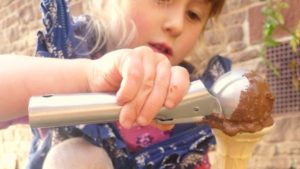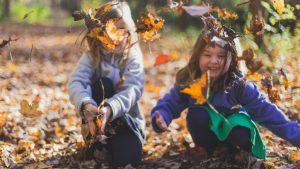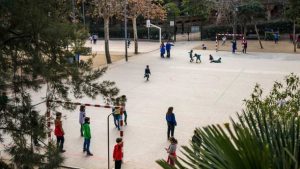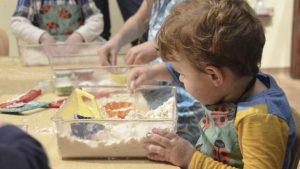Sensory play is an important part of the way kids learn to interact with their surroundings. Playing with water in a safe and controlled environment is something that toddlers love, and there are quite a few ways for parents to provide fun and educational water play for little ones at home. Some of them don’t even require a backyard, or even a water table! If you’re looking for some fun and easy toddler water activities to do at home, check out our list of 9 fun picks that will make a splash.
#1 Squirting water bottles
If you don’t teach kids to do this, they figure it out on their own eventually. Small plastic squirt bottles can easily be filled with clean water and used as makeshift squirting bath toys. Best for outside, they’re a great pick for staying cool when the weather is hot and building hand eye coordination and motor control. They’re also a good way to upcycle plastic items, and as long as you wash them out with dish detergent and dry them every so often, a few sturdy ones will last your kids quite a while.
#2 Bathtime for dolls
Just like kids, plastic dolls are almost always due for a bath by the time the topic comes up. Setting up an outdoor bath area is easy – a dishpan with warm water and gentle detergent is the dolls’ bathtub, and a “drying area” can be created with a bath towel. A toothbrush or dish sponge can be used to remove extra stubborn dirt if kids are feeling ambitious. This works especially well on dolls that don’t have hair – if they do and it gets tangled, a minimal amount of leave in conditioner brushed in will get hair untangled in seconds.
#3 Experimenting with sponges
There are many shapes, sizes and colors of sponge available, both natural and synthetic, and they all hold and release water a little differently. Seeing how sponges absorb water and release it when squeezed can be fascinating to toddlers, who will have fun dipping and squeezing the different offerings again and again. Wondering where to find several kinds for a low price? Check local craft stores – some paint sections feature multi packs of different sponge types for texturing in sizes ideal for toddler hands.
#4 Sinking and floating
Gravity is a force toddlers are still learning to reckon with, which is why they are fascinated with sinking and floating. When provided with the appropriate selection of objects, toddlers quickly determine that some will remain suspended on top of the water while others sink to the bottom. Their experimenting will lead to critical thinking and scientific curiosity that’s beneficial to their development, and they’ll no doubt be asking to try new objects before long.
#5 Scooping and transferring
In learning to interact with water, toddlers also learn that they can pick it up and transfer it using a vessel. Doing this over and over again is part of how they learn how to interact with water and how it behaves. Giving them a few cups to experiment with is a good start – they’ll also be fascinated by watching water pass through colanders with large and small holes. This helps them to conceptualize about volume and develop an early understanding of cause and effect.
#6 Water slide tarp
We all remember the slip and slides of our childhood, which relied on little more than a plastic sheet and running water from the hose. It’s easy to recreate a safe version of this for toddlers on a gentle slope with a typical camping tarp available at most sporting goods stores. Just cascade water over the tarp and have toddlers slide on their bellies for an at home water slide that’s safe and will keep them cool on those hot days when a trip to the pool isn’t possible.
#7 Small toys frozen in ice
Excavating small toys from a block of ice can be tons of fun for kids. Use an ice cube tray to freeze the really small picks, but empty margarine containers or other small plastic containers make great molds for freezing toys. Have them take it outside in a plastic tub and poke at it, feel it or smash it. They’ll use their creativity, ingenuity and observational skills to figure out how to free their toy from the ice, teaching them even more about how water works.
#8 Toy car wash
If there is a local or regional club for young riders, joining is a great idea. They will often hold meets, are an excellent resource for educators and coaches, and introduce your kids to others in the sport. These organizations are quite attuned to safety and are useful resources.
#9 Colored water
If there is a local or regional club for young riders, joining is a great idea. They will often hold meets, are an excellent resource for educators and coaches, and introduce your kids to others in the sport. These organizations are quite attuned to safety and are useful resources.


